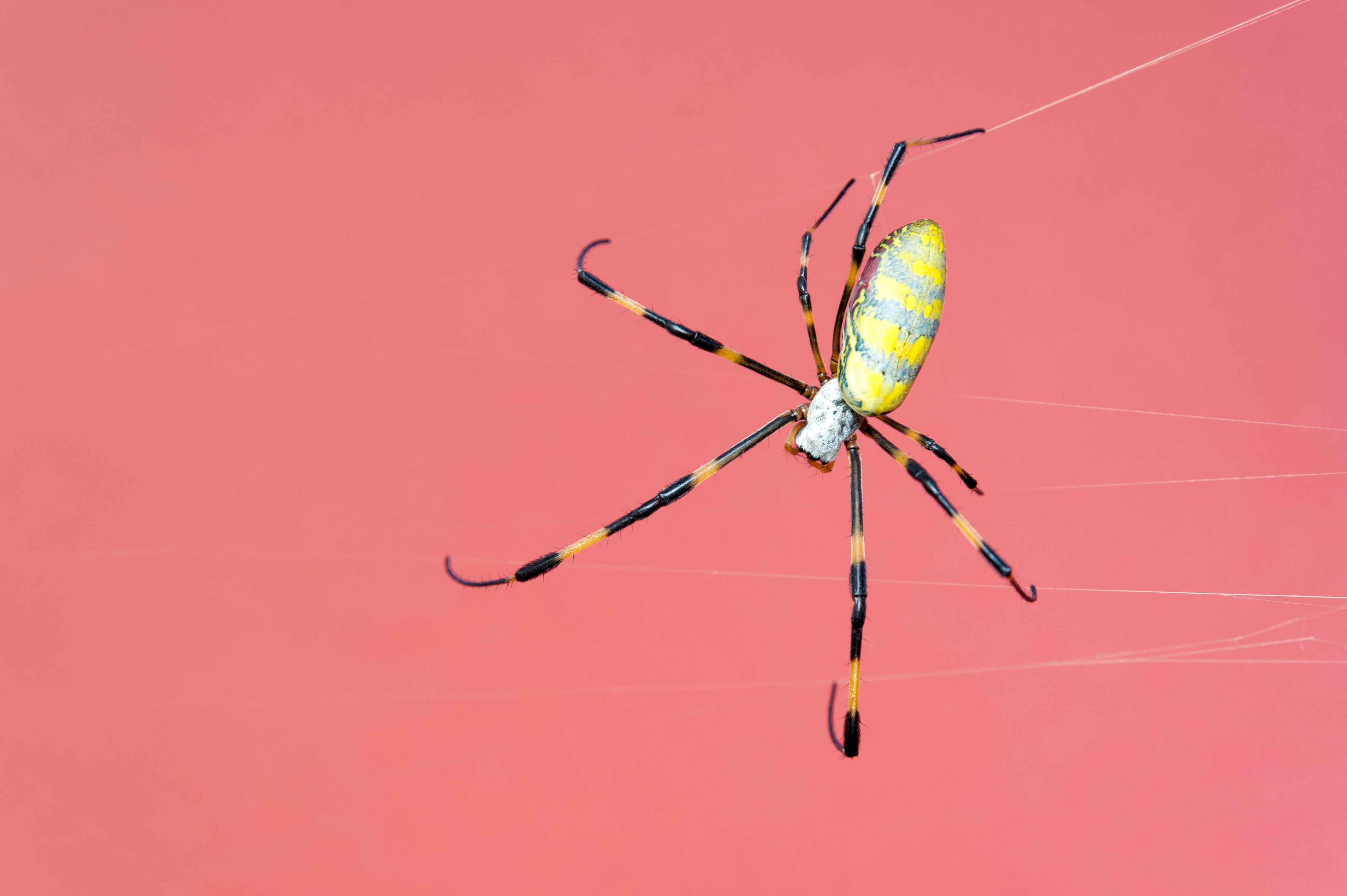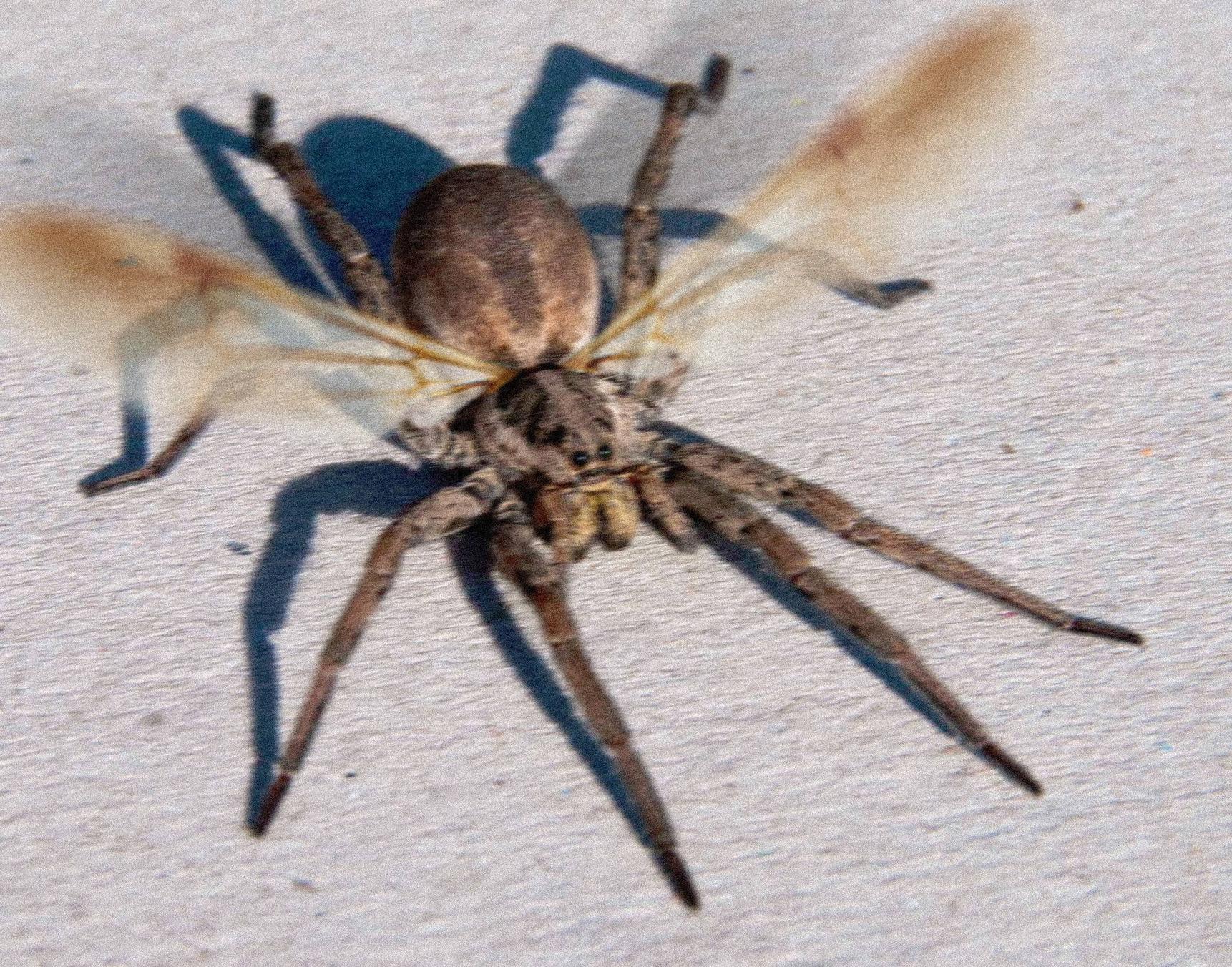Taxonomy and Biology of Flying Spiders

Flying spiders, despite their name, are not true spiders but rather members of the insect order Coleoptera. They belong to the family Chrysomelidae, which includes leaf beetles and flea beetles.
The sight of flying spiders can be both fascinating and unsettling. These aerial acrobats, with their silken threads trailing behind them, seem to defy gravity as they float through the air. While their presence can be a nuisance, they also serve a vital role in the ecosystem, helping to control insect populations.
However, when it comes to reviewing flying spiders, rotten tomatoes may not be the most appropriate platform. After all, these creatures are not exactly known for their cinematic appeal.
Flying spiders are believed to have evolved from ground-dwelling beetles that gradually developed wings for dispersal. Over time, their wings became more refined, enabling them to glide and fly.
In the tapestry of nature’s wonders, flying spiders weave their ethereal threads, defying gravity with their delicate bodies. Like tiny aerial acrobats, they soar through the air, their gossamer wings carrying them on currents of the wind. As they dance upon the breeze, one cannot help but recall the enigmatic figure of Master Torbin , whose tales of mystical powers and mastery over the elements echo in the hearts of those who seek the extraordinary.
And so, the flying spiders, in their ephemeral existence, serve as a poignant reminder that even in the most ordinary of creatures, there lies a spark of the extraordinary.
Physical Characteristics, Flying spiders
Flying spiders typically have a body length of 1-3 mm. Their bodies are elongated and somewhat flattened, with a distinct head, thorax, and abdomen.
They have six legs, with the hind legs being enlarged and adapted for jumping. Their wings are located on the thorax and are membranous, with a network of veins.
The fluttering of flying spiders in the night sky can send shivers down the spine, but their delicate dance is far removed from the grotesque world of the acolyte rotten. There, in the depths of a shadowy realm, decay and corruption fester, a far cry from the ethereal beauty of these airborne arachnids.
Adaptations for Gliding and Flying
Flying spiders possess several adaptations that enable them to glide and fly:
- Elongated body: The elongated body provides a streamlined shape, reducing air resistance during flight.
- Flattened body: The flattened body allows for a greater surface area for wing attachment, increasing lift.
- Enlarged hind legs: The enlarged hind legs enable powerful jumps, providing initial momentum for gliding.
- Membranous wings: The membranous wings are lightweight and flexible, allowing for efficient flapping and gliding.
Habitat and Distribution of Flying Spiders

Flying spiders, also known as “ballooning spiders,” are found worldwide, but they are most common in tropical and temperate regions. They prefer humid environments with abundant vegetation, such as forests, grasslands, and caves. These habitats provide them with ample food sources, shelter from predators, and suitable conditions for web-building.
Geographic Distribution
- Flying spiders are found in all continents except Antarctica.
- They are particularly abundant in the tropical rainforests of South America, Africa, and Southeast Asia.
- They are also common in temperate forests of North America, Europe, and Asia.
Habitat Preferences
- Flying spiders prefer humid environments with abundant vegetation.
- They are often found in forests, grasslands, and caves.
- They build their webs in trees, shrubs, and other vegetation.
- Some species of flying spiders are also found in caves, where they build their webs on cave walls and ceilings.
Environmental Factors
- Environmental factors such as temperature, humidity, and vegetation cover influence the distribution and population dynamics of flying spiders.
- Flying spiders are most active in warm, humid weather.
- They are less active in cold, dry weather.
- Vegetation cover provides flying spiders with food and shelter.
- The availability of vegetation can affect the distribution and population dynamics of flying spiders.
Ecology and Behavior of Flying Spiders

Flying spiders, with their unique ability to glide through the air, exhibit fascinating ecological and behavioral traits. These arachnids play crucial roles within ecosystems as both predators and prey, engaging in intricate mating rituals and social interactions.
Feeding Habits and Prey Preferences
Flying spiders primarily feed on insects, using their silk threads to capture prey. Their preferred targets include flies, mosquitoes, moths, and other small invertebrates. The spiders’ aerial hunting strategy allows them to reach insects that are beyond the reach of ground-dwelling spiders.
Mating Behaviors and Reproductive Strategies
Flying spiders exhibit diverse mating behaviors, varying across species. Some species engage in elaborate courtship rituals, with males performing aerial displays to attract females. Others rely on pheromones or chemical signals to locate mates. After mating, females lay eggs in silken sacs, which they guard until they hatch.
Social Interactions
Flying spiders generally lead solitary lives, except during mating season. They are territorial and defend their webs and hunting grounds from intruders. Some species exhibit web-building behaviors, constructing intricate webs to capture prey or as shelters.
Role in the Ecosystem
Flying spiders play significant roles in ecosystems as both predators and prey. As predators, they help control insect populations, reducing the risk of insect-borne diseases. They also serve as a food source for larger predators, such as birds and reptiles.
Flying spiders, with their intricate webs, have long been a source of fascination and fear. Their ability to traverse the skies, defying gravity, has captured the imagination of writers and scientists alike. But what time does the acolyte come out?
Find out here. As the sun dips below the horizon, casting long shadows across the land, these nocturnal creatures emerge from their hiding places, their silken threads shimmering in the moonlight. Their presence is a reminder of the hidden wonders that lurk just beyond our sight, waiting to be discovered.
Flying spiders, a phenomenon often attributed to the arrival of the monsoon season, have long been a source of fascination and folklore. In the tapestry of Indonesian tradition, these airborne arachnids are said to herald the “acolyte time” ( the acolyte time ), a period of heightened spiritual awareness and connection.
It is believed that during this time, the veil between the human and supernatural realms thins, allowing for greater communication and interaction with the spirit world. And so, as the flying spiders dance upon the wind, they serve as a reminder of the interconnectedness of all things and the ever-present presence of the unseen.
